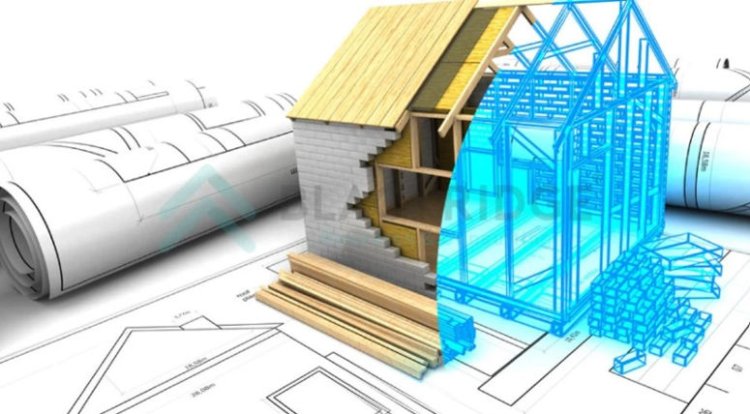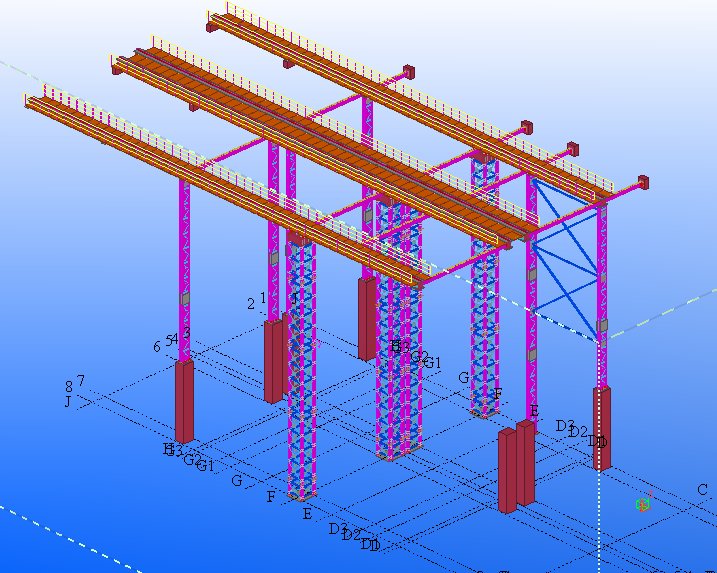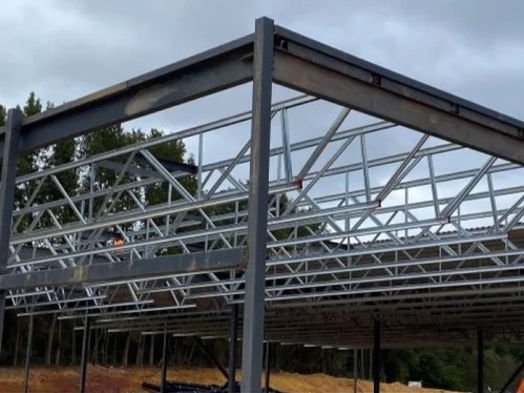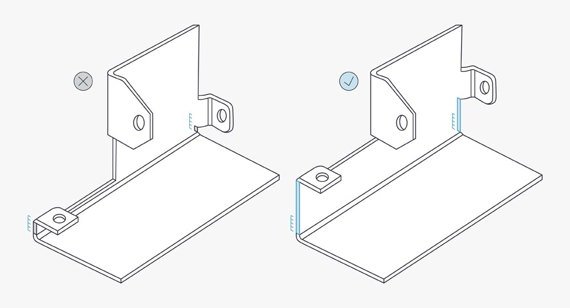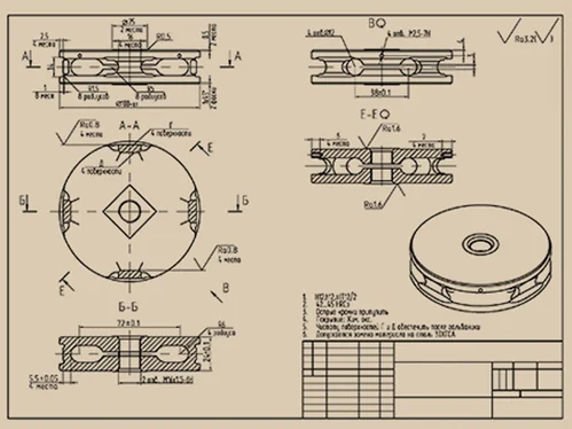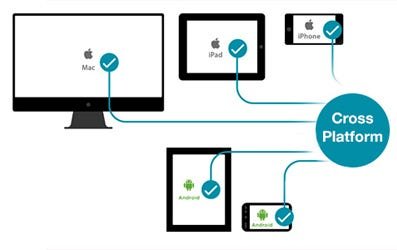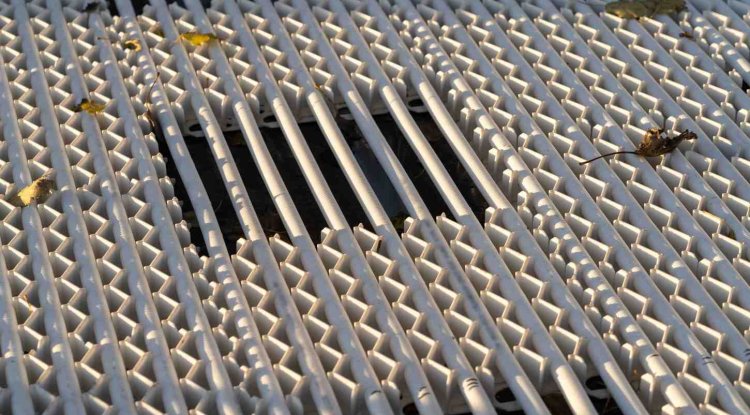Enhancing Construction Projects with Advanced Design and Detailing Techniques
Enhancing Construction Projects with Advanced Design and Detailing Techniques
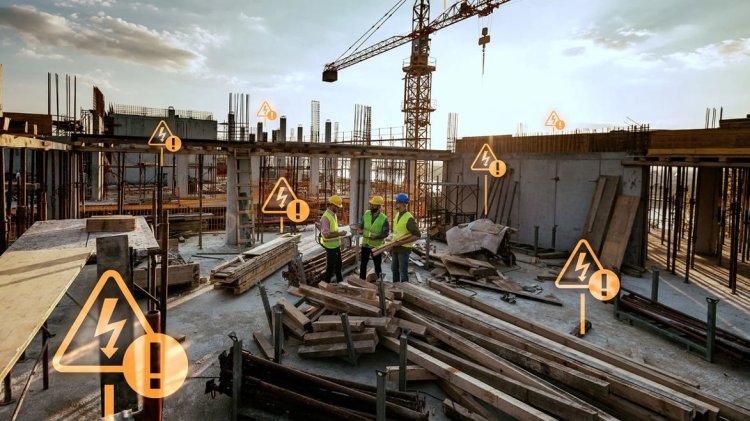
Building Information Modeling (BIM), Structural Design, Joist and Deck Detailing, Sheet Metal Design, Raster to CAD Conversion, and Web & Cross-Platform Application Development are all integral components in the modern construction and design industry. These methodologies and technologies allow professionals to improve accuracy, optimize workflows, and deliver high-quality projects. In this blog post, we'll explore these concepts in-depth, breaking them down in an easy-to-understand way. Whether you're an architect, engineer, or part of a construction team, understanding these aspects can significantly enhance your ability to deliver successful projects.
1. Building Information Modeling (BIM)
|
|
Building Information Modeling (BIM) is a revolutionary approach to designing, constructing, and managing buildings. It’s a 3D model-based process that allows all stakeholders (architects, engineers, contractors, and owners) to collaborate on a single platform throughout the entire lifecycle of a building. BIM is far more than just a 3D design tool—it's an integrated process that includes the physical and functional aspects of a building. The key advantage is that it ensures everyone is working from the same data, reducing errors, improving efficiency, and offering real-time updates. |
Key Benefits of BIM:
• Increased Collaboration: BIM fosters collaboration among all project stakeholders.
• Improved Accuracy: As it uses a digital representation, it helps minimize errors that often occur in traditional 2D drawings.
• Efficient Project Management: BIM aids in project scheduling, cost estimation, and building performance analysis.
In construction, BIM is a game-changer, enabling high levels of precision, and reducing costly rework.
2. Structural Design and Detailing
|
Structural design is the backbone of any construction project. It involves creating the framework that supports the building or structure. The goal is to design a system that can safely carry the loads and forces the structure will be subjected to during its life. |
|
Advantages of Proper Structural Design and Detailing:
• Safety and Stability: A well-designed and detailed structure ensures the safety of occupants and resilience against natural forces.
• Cost-Effective: Proper detailing avoids costly errors during construction, as contractors have clear instructions.
• Faster Construction: Detailed plans expedite the construction process, as there's no guesswork.
Advanced software tools in BIM can be used to create precise structural designs and perform simulations, helping engineers ensure optimal performance under all conditions.
|
|
Joists and decks are fundamental elements in building construction, providing support for floors and ceilings. Joist detailing involves creating accurate representations of the arrangement, size, and material of joists, while deck detailing focuses on floor or roof systems made from steel, concrete, or timber. |
Key Considerations in Joist and Deck Detailing:
• Load Distribution: Joists help distribute loads evenly across the deck to ensure it doesn't collapse under pressure.
• Material Selection: The type of materials used (steel, wood, or composite materials) must be chosen carefully to ensure strength and longevity.
• Spacing and Arrangement: Joists should be properly spaced and arranged to optimize load-bearing capacity.
Proper detailing for joists and decks can significantly impact the overall structural integrity of a building, ensuring longevity and reducing maintenance costs over time.
|
Sheet metal design plays a vital role in many industries, particularly in construction. It involves designing parts and components made from thin sheets of metal that are shaped, cut, or bent to form the desired structure. It’s a highly versatile and cost-effective material for everything from HVAC systems to roofing. |
|
Important Aspects of Sheet Metal Design:
• Material Properties: Choosing the right material, such as aluminium, steel, or copper, is crucial for performance and cost-effectiveness.
• Manufacturing Processes: Knowledge of processes like cutting, bending, and welding is necessary to ensure the part meets its required specifications.
• Tolerance and Precision: Sheet metal parts need to be manufactured with tight tolerances to ensure they fit perfectly within a larger assembly.
Modern CAD software makes the process of sheet metal design more efficient, allowing for quick revisions and optimizations.
|
|
Raster to CAD conversion is the process of transforming images (typically scanned drawings or photos) into editable digital files that can be used in CAD (Computer-Aided Design) software. This transformation is essential when older paper-based designs need to be converted to digital formats for further use or modification. |
Benefits of Raster to CAD Conversion:
• Preservation of Legacy Designs: It allows for the preservation and modification of old or hand-drawn designs.
• Faster Revisions: CAD software enables faster edits and revisions compared to manual drawing.
• Enhanced Accuracy: Raster to CAD conversion improves the accuracy of drawings, especially for complex designs.
This technique is essential for converting older, hand-drawn blueprints or sketches into a more modern, efficient, and editable format that can be used in digital workflows.
6 Web and Cross-Platform Application Development
|
In today's interconnected world, it’s essential for software and applications to be accessible across different devices and platforms. Web and cross-platform application development is the process of creating software that works seamlessly on multiple platforms—be it a desktop, mobile, or web-based application. |
|
Key Benefits of Web and Cross-Platform Development:
• Wider Reach: Applications that work on multiple platforms (Windows, Mac, Android, iOS) allow companies to reach a larger audience.
• Cost Efficiency: Instead of developing separate applications for different platforms, a cross-platform approach allows for one codebase to run on all platforms.
• Faster Time to Market: Cross-platform development accelerates the launch of applications as it reduces development time.
For construction and engineering professionals, this can translate into powerful tools for project management, communication, or design that work seamlessly across devices, ensuring that teams can stay connected and productive no matter where they are.
Conclusion-
Adopting advanced tools and technologies like BIM, structural detailing, sheet metal design, raster to CAD conversion, and web & cross-platform development significantly enhances the efficiency and effectiveness of construction and design projects. These tools help streamline the workflow, improve collaboration, and reduce errors, ensuring that projects are delivered on time and within budget.
What's Your Reaction?







